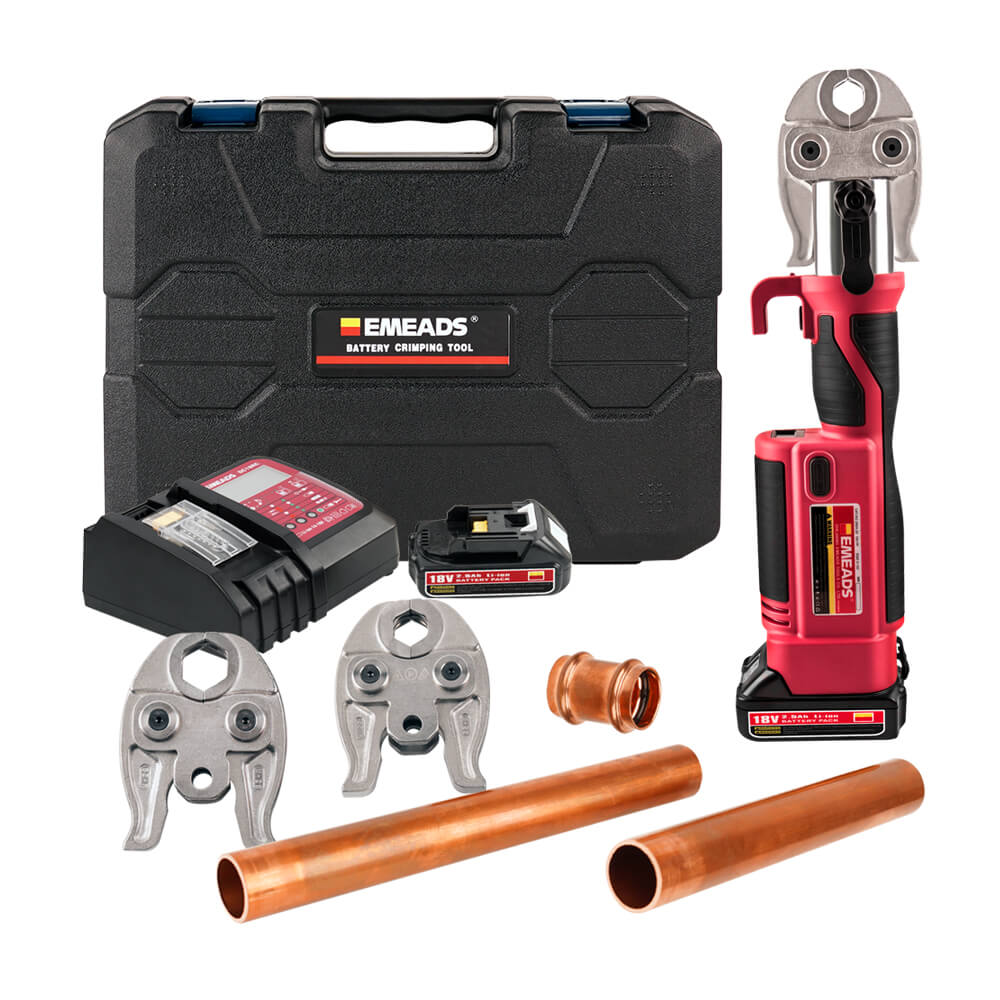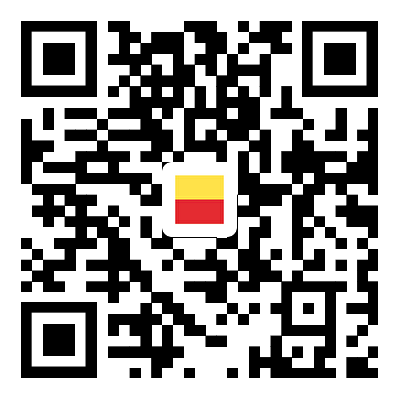- English
- Español
- Português
- русский
- Français
- 日本語
- Deutsch
- tiếng Việt
- Italiano
- Nederlands
- ภาษาไทย
- Polski
- 한국어
- Svenska
- magyar
- Malay
- বাংলা ভাষার
- Dansk
- Suomi
- हिन्दी
- Pilipino
- Türkçe
- Gaeilge
- العربية
- Indonesia
- Norsk
- تمل
- český
- ελληνικά
- український
- Javanese
- فارسی
- தமிழ்
- తెలుగు
- नेपाली
- Burmese
- български
- ລາວ
- Latine
- Қазақша
- Euskal
- Azərbaycan
- Slovenský jazyk
- Македонски
- Lietuvos
- Eesti Keel
- Română
- Slovenski
- मराठी
- Srpski језик
What safety precautions should you take when using a clamping tool (American standard)?
2024-10-07

What are the safety precautions you should take when using a clamping tool(American standard)?
1. Always inspect the clamping tool for any signs of damage before use.
2. Check to make sure the object being clamped is securely in place and cannot slip or move during work.
3. Keep your hands and fingers away from the clamping mechanism to prevent injury.
4. Avoid over-tightening the clamping tool as this can cause damage to the object being held or the tool itself.
5. Use appropriate personal protective equipment, such as safety glasses or gloves.
Why is it important to follow safety precautions when using a clamping tool(American standard)?
Using a clamping tool correctly and safely is vital to prevent accidents, injuries, or damage to the object being clamped or the tool itself. Following safety precautions ensures that the tool is used in the right way and that everyone involved is protected from harm.
What are the different types of clamping tools(American standard) available?
There are several different types of clamping tools available, including C-clamps, bar clamps, pipe clamps, and toggle clamps. Each type is designed for a specific purpose and has its own unique features and benefits.
How do you properly store a clamping tool(American standard) when not in use?
It is essential to store a clamping tool(American standard) properly to prevent damage and prolong its lifespan. The tool should be cleaned of any dirt or debris and stored in a dry, cool place away from any excessive heat or moisture. It is also essential to store the tool in a way that does not place any stress on the clamp or any other parts of the tool.
In conclusion, using a clamping tool(American standard) can make work much easier and efficient, but it is important to follow safety precautions to prevent accidents or injuries. With the right precautions and proper usage, a clamping tool(American standard) can be an invaluable resource in many work situations.
Zhejiang Emeads Tools Co., Ltd. is a leading manufacturer and supplier of high-quality clamping tools(American standard) and other power tools in China. Visit our website at https://www.emeadstools.com to learn more about our products, and please don't hesitate to contact us at sales@emeads.com with any inquiries or questions.
Research Papers
Author: Smith, J.; Year of Publication: 2017; Title: The influence of clamping force on workpiece deformation during milling; Journal: International Journal of Machine Tools and Manufacture; Volume: 114, pp. 1-11.
Author: Li, F. et al.; Year of Publication: 2019; Title: Design and experimental verification of a novel clamping tool for thin-walled workpieces; Journal: International Journal of Advanced Manufacturing Technology; Volume: 103, pp. 509-521.
Author: Chen, C. et al.; Year of Publication: 2020; Title: A study on the static and dynamic error compensation of a clamping tool for medium-density fiberboard carving; Journal: Measurement; Volume: 158, pp. 1-10.
Author: Lee, H. et al.; Year of Publication: 2021; Title: Surface roughness analysis in conventional milling with permanent magnet clamping; Journal: The International Journal of Advanced Manufacturing Technology; Volume: 112, pp. 1-13.
Author: Zhao, Y. et al.; Year of Publication: 2018; Title: Numerical simulation and experimental verification of the clamping force of a heat-pipe-based water cooling clamping tool; Journal: International Journal of Heat and Mass Transfer; Volume: 124, pp. 134-144.
Author: Zhang, K. et al.; Year of Publication: 2016; Title: Integral design and optimization of a modular fixture system for aerostructures assembly; Journal: The International Journal of Advanced Manufacturing Technology; Volume: 84, pp. 1853-1871.
Author: Lin, Y. et al.; Year of Publication: 2019; Title: Improving the surface quality of micromilling with ultrasonic vibration-assisted clamping force control; Journal: The International Journal of Advanced Manufacturing Technology; Volume: 105, pp. 3139-3150.
Author: Chen, Y. et al.; Year of Publication: 2016; Title: Optimization of robot-assisted CNC milling of turbine blade; Journal: Procedia CIRP; Volume: 46, pp. 358-361.
Author: Yan, Y. et al.; Year of Publication: 2017; Title: Development and testing of a high stiffness and high precision end effecter for a small-sized industrial robot; Journal: International Journal of Precision Engineering and Manufacturing; Volume: 18, pp. 997-1010.
Author: Liang, J. and Lin, J.; Year of Publication: 2016; Title: Optimization of CNC milling parameters for minimizing surface roughness based on the taguchi method and grey relational analysis; Journal: Materials and Manufacturing Processes; Volume: 31, pp. 1031-1039.



